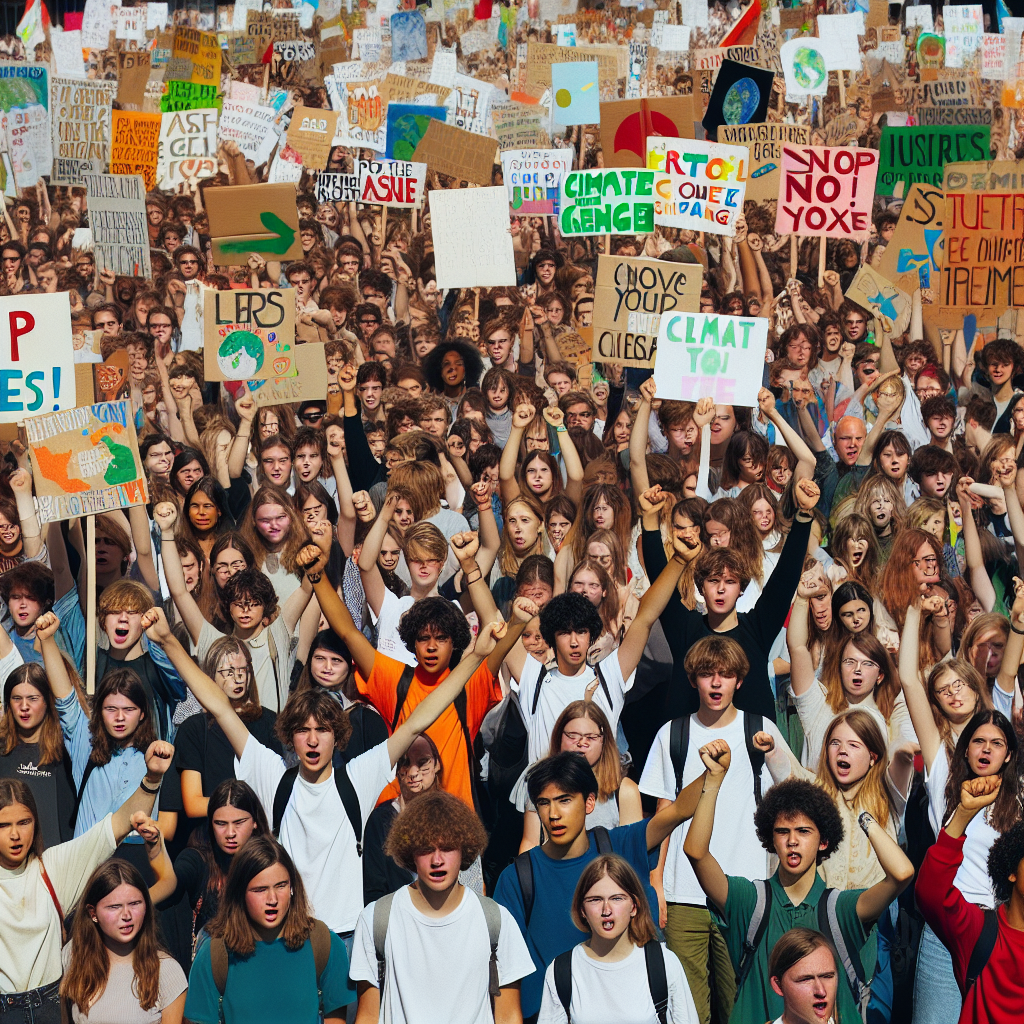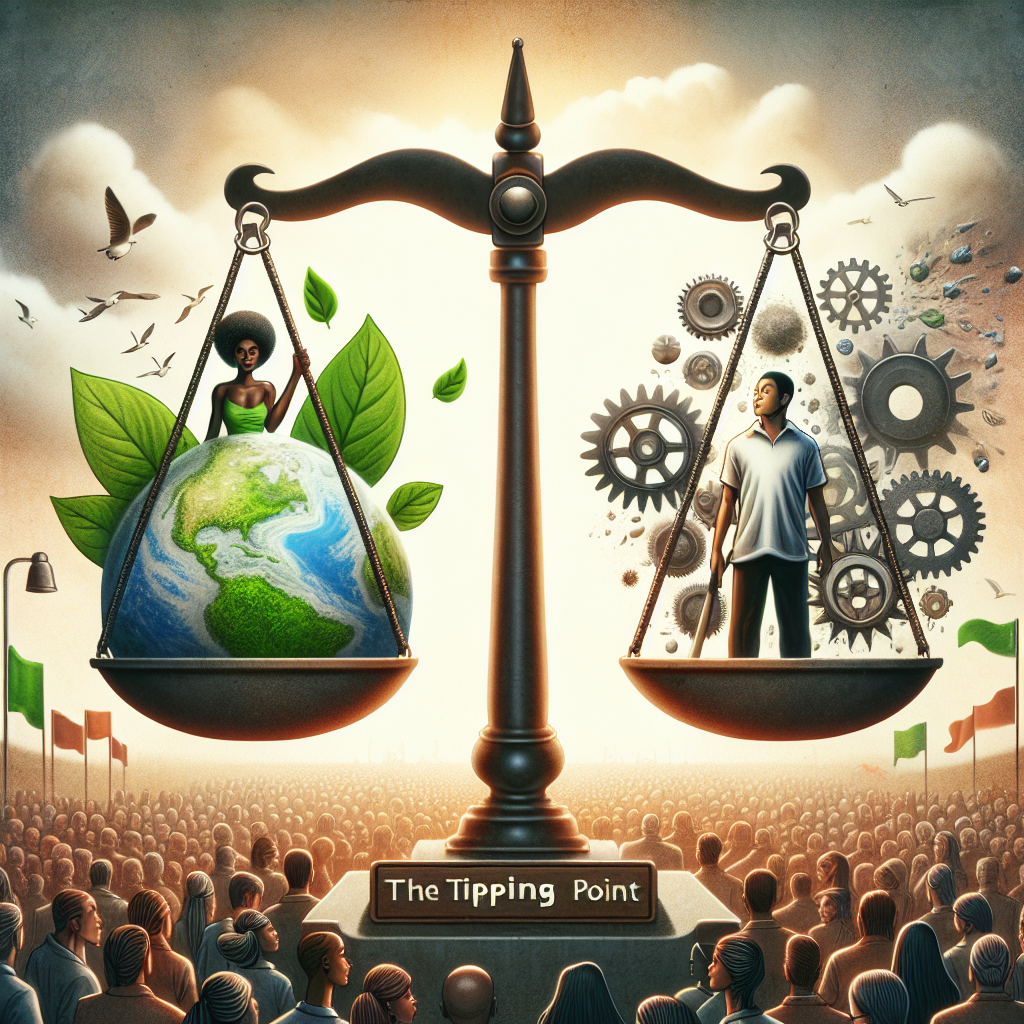The ‘game’ of clean energy policy has seen a significant shift as the environmental justice movement gains ground. What was once considered a fringe cause is now a major player on the political field.
Key Moments
Several key moments have propelled this transformation. For instance, the global school strike for climate in 2018 mobilized scores of young people globally – their impassioned pleas reverberating through legislative halls.
Player Performance
Influential figures such as Alexandria Ocasio-Cortez have pushed hard to center social equity within climate policy with her proposed Green New Deal.

Strategic Decisions
This pivot towards intersectional environmentalism – linking social inequities with ecological concerns – is an astute move that broadens appeal and builds powerful alliances across various interest groups.
Team Dynamics
The synergy between grassroots activists, legislators like AOC, and prominent green NGOs is vital while confronting fossil fuel incumbents resistant to greener transitions.
Historical Context
The past failures of traditional environmental bureaucracies to address marginalized communities’ concerns have underscored this newer approach’s necessity.
Season Implications
Critical progress made by the EJ movement shapes up not only current energy legislation but sets precedent for future seasons within policy-making circles.
Public response, akin to supportive fans, has been largely positive with increasing awareness and demands for climate justice.
The media’s role in spotlighting this shift cannot be understated – shedding light on Flint’s water crisis or Puerto Rico’s blackout saga have engendered wider support for EJ causes.
The trail of evidence leads to a future where environmental justice will only become more central in energy policy discourses. As clean energy becomes economically viable and public support increases, we can anticipate even tougher regulations against environmentally detrimental practices.

